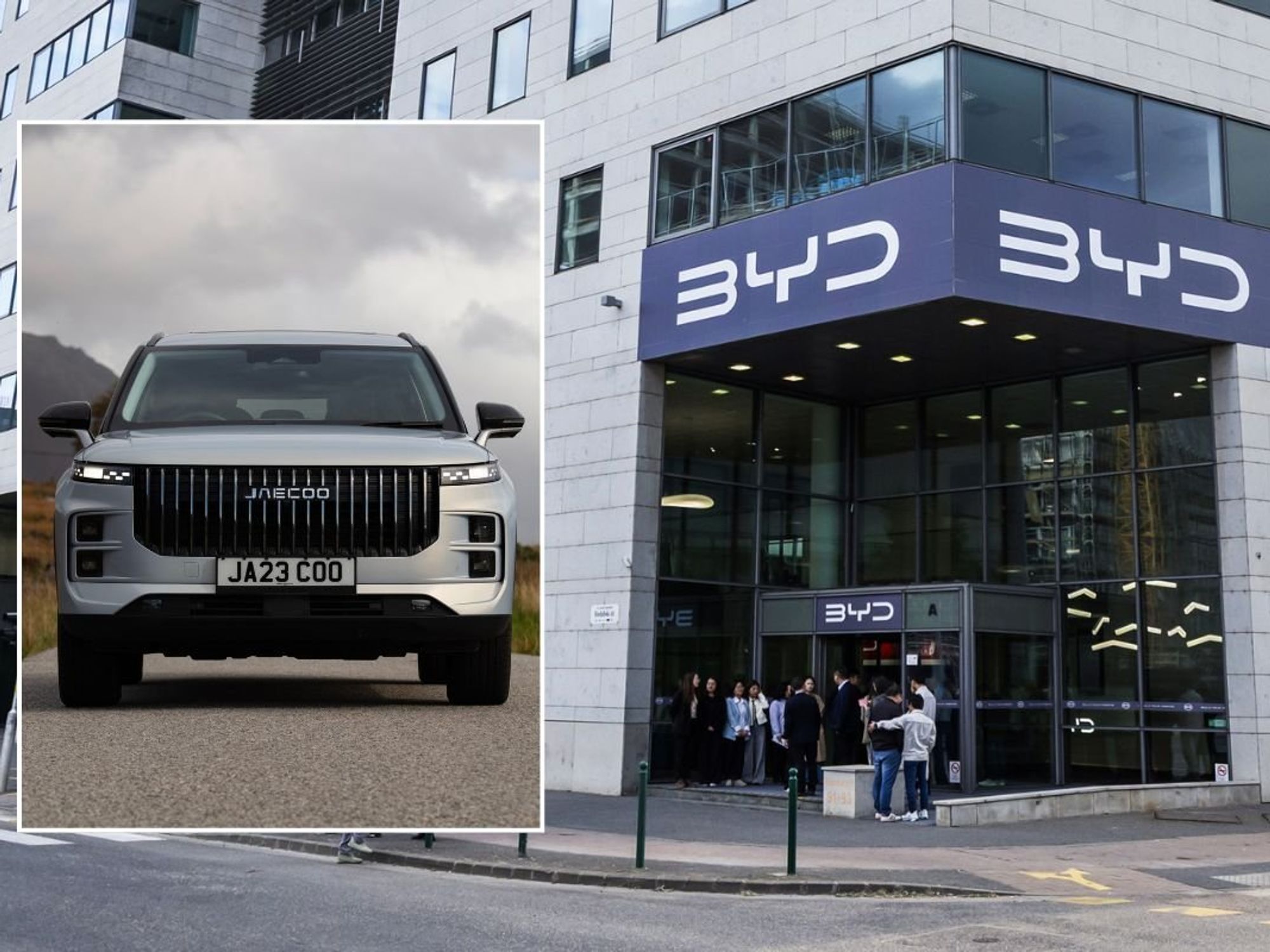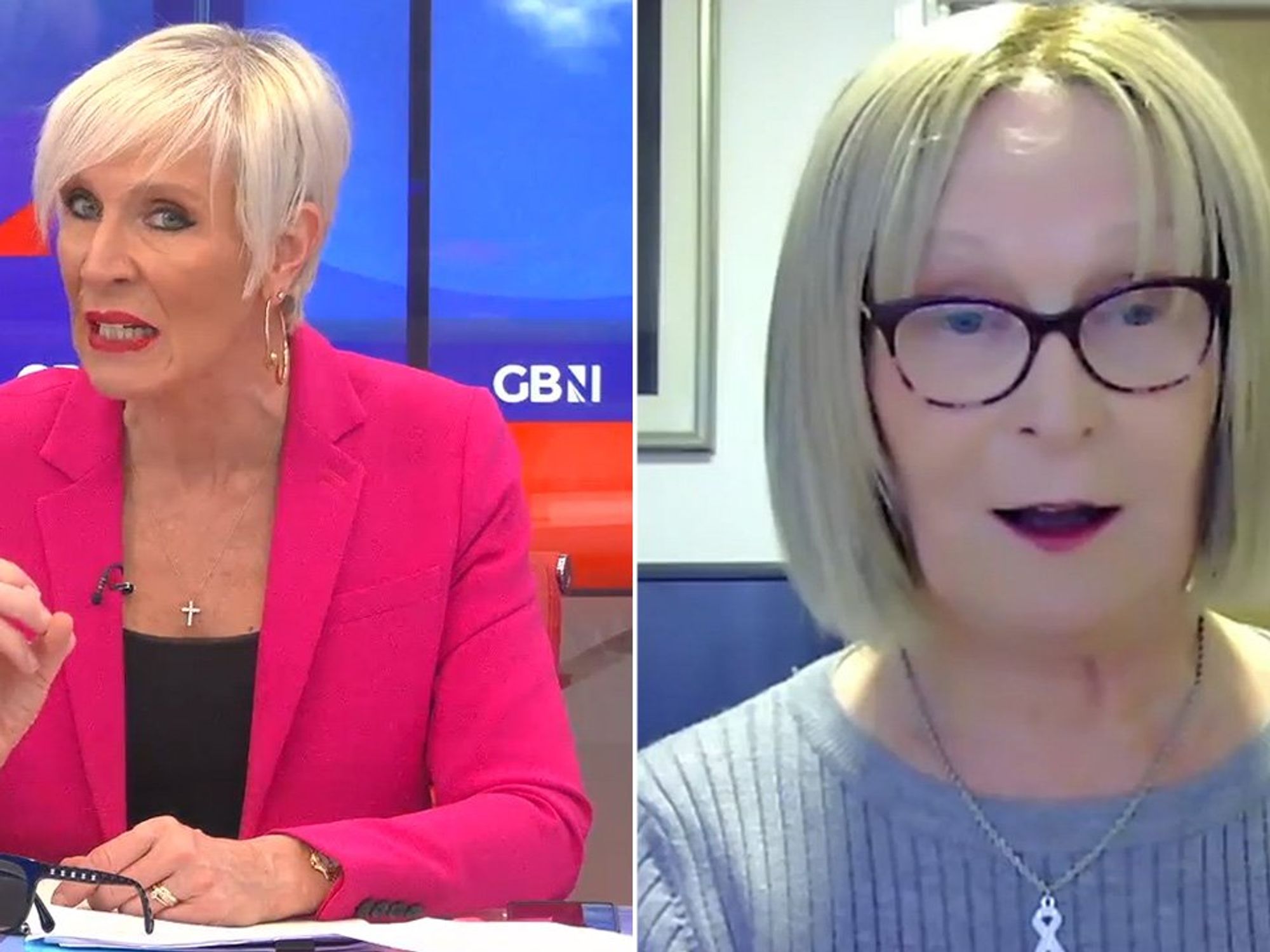April's solar eclipse feared to be a mass death event as scientists warn of sharp rise in fatal car crashes
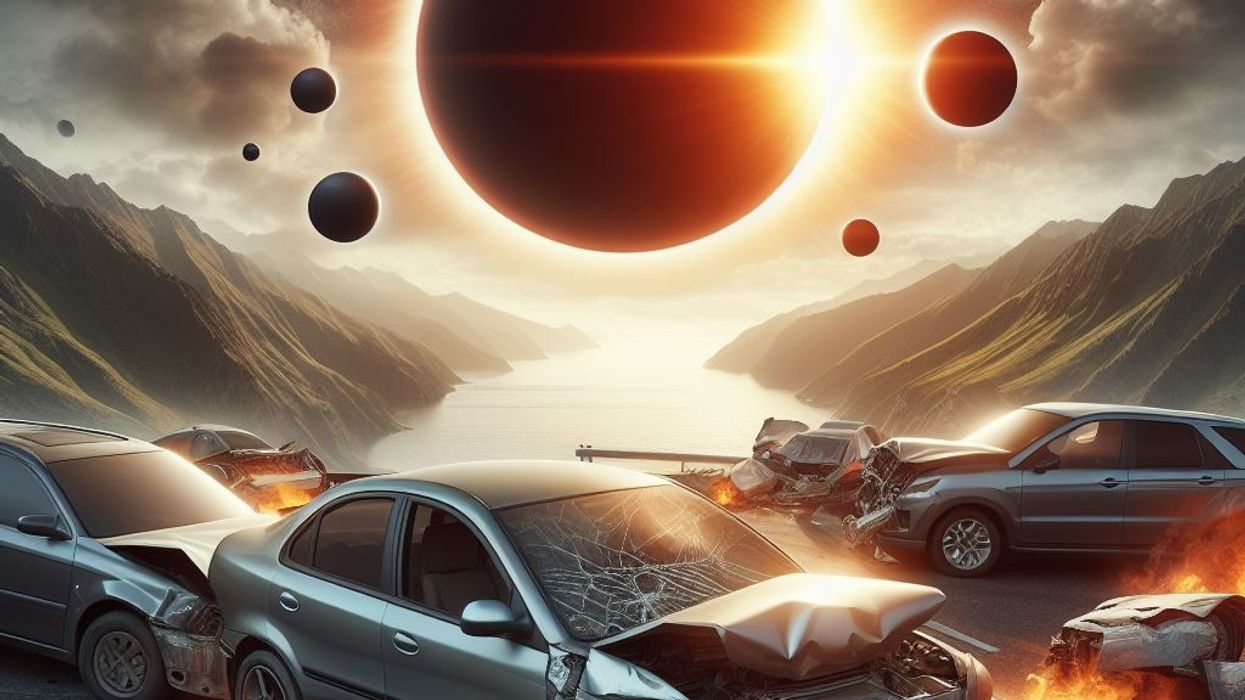
There were more than 1,000 additional car crash deaths during the 2017 solar eclipse
|Bing/DALL·E 3

- The 2017 solar eclipse caused a spike in car crash deaths
- A similar surge is expected as millions head out on April 8
Don't Miss
Most Read
Researchers from the University of Toronto analysed road traffic data in the days before and after the 2017 solar eclipse in the US and found that there were more than 1,000 additional car crash deaths during that time.
The warning comes as 3.7 million people prepare to travel to one of 14 states across the US to see the solar eclipse on April 8.
A total solar eclipse occurs when the moon temporarily obscures the sun and casts a dark shadow across the earth.
This astronomical spectacle has been described for more than three millennia and can be predicted with high precision.
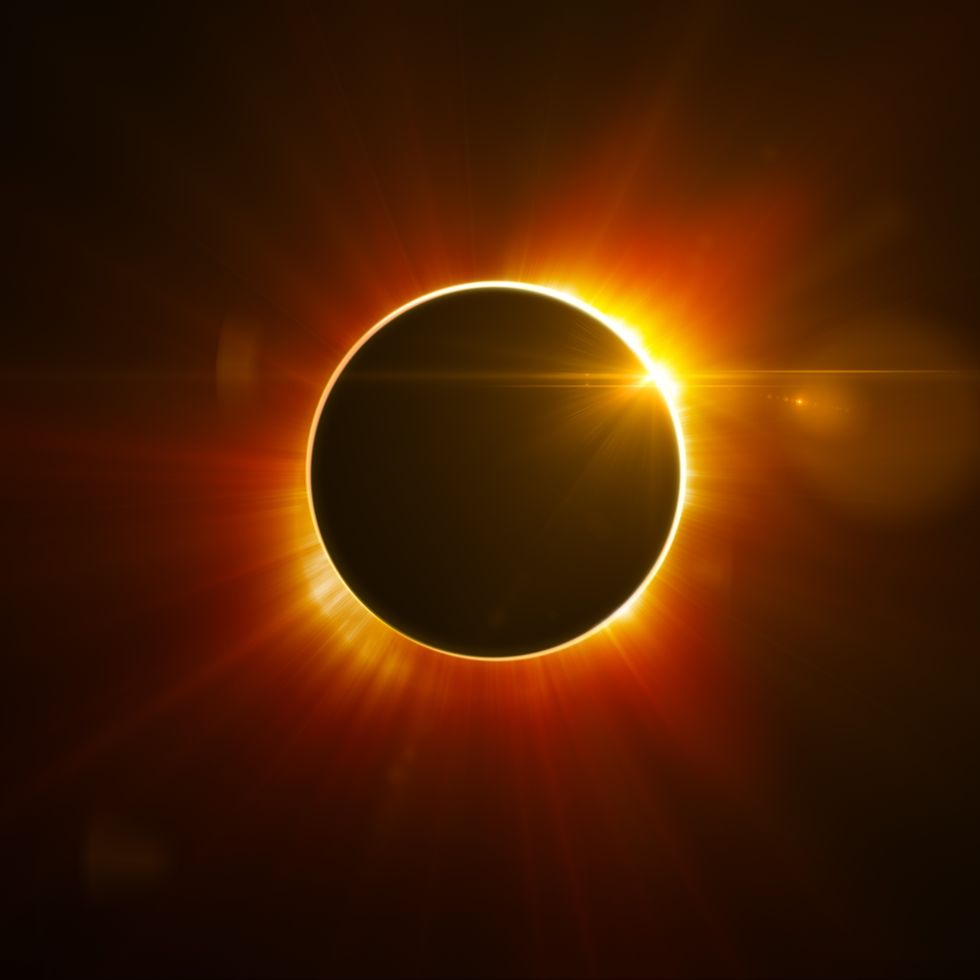
The surge in crashes wasn't tied to the daytime darkness caused by the eclipse
|Getty Images
Scientists have long predicted solar eclipses but forecasting a deadly fallout from the event is a first.
Eclipse-related solar retinopathy (vision loss from staring at the sun) is an established medical complication. However, the incidence of fatal car crashes has received little attention until now.
The surge in crashes during the 2017 solar eclipse wasn't tied to the daytime darkness caused by the event.
In fact, "we see a significant decrease during the single hour that involves the eclipse", said co-author Dr. Donald Redelmeier, a professor of medicine at the University of Toronto and a staff physician at the Sunnybrook Health Sciences Centre.
Writing in the journal JAMA Internal Medicine, he explained that it was due to increased traffic on the roads as people headed out of their homes to get the best view.
There were at least 189 car deaths each day in the US during the week of the solar eclipse four years ago - up from the daily average of around 114.
During the 2017 eclipse, the path of totality — the route the moon's shadow takes across the Earth below — was narrow, about 70 miles (113 kilometers) wide.
In the centre of that path, eclipse viewers got the longest glimpse of totality, in which the moon totally blocks the sun's face. Some 20 million people in the US travelled to a different city to reach the path of totality, estimates suggest.
During the upcoming April 8 eclipse, viewers within the path will be able to witness totality for about 2.5 to 4.5 minutes, depending on their location. Viewers outside the path's boundaries will be able to see only a partial eclipse.
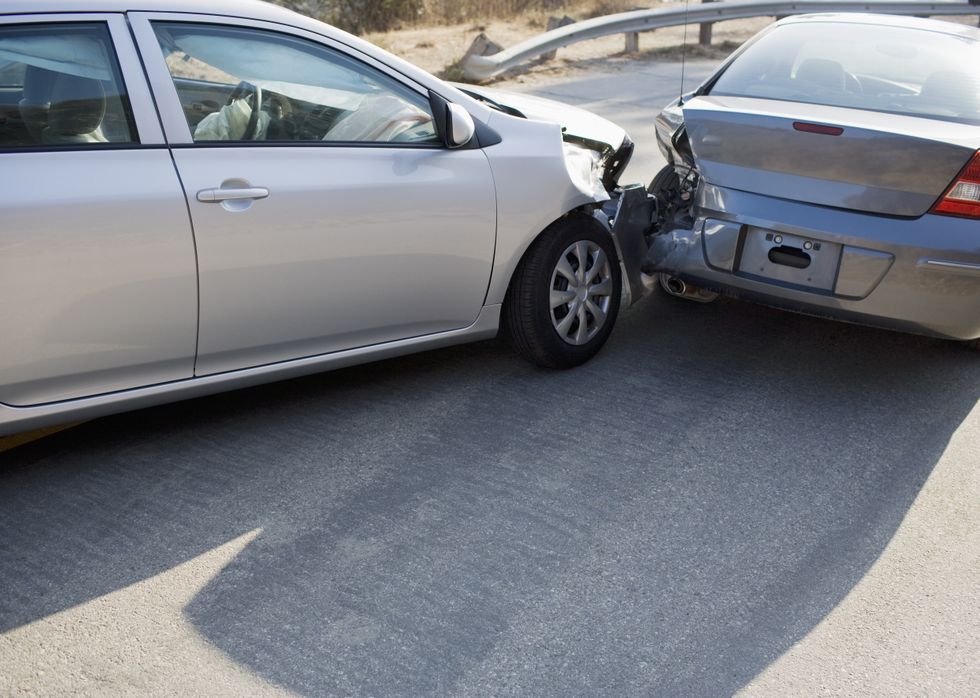
The number of crashes jumped by 50 percent above average following the solar eclipse
|Getty Images
Scientists are especially worried about the drive home from witnessing the event.
In the hour leading up to the 2017 event, the number of crashes rose above average but dropped to below average during the eclipse and then jumped by 50 percent above average afterwards.
The viewing location could also influence the risk: vantage points with clearer skies saw a sharper rise in fatal crashes than overcast areas, which may be explained by people congregating under clear skies to view the eclipse.
For the study, researchers pulled data from the National Highway Traffic Safety Administration's Fatality Analysis Reporting System, a registry of all fatal traffic crashes on public roads in the U.S. They focused on the three-day window surrounding the Aug. 21, 2017 eclipse. As points of comparison, they also looked at crash data from three-day windows a week before and a week after the astronomical event.
In addition, they used a US Navy calculator to determine the timing of each crash relative to the time of maximal eclipse, based on the accident site's latitude and longitude.
Overall, the eclipse was tied to a 31 percent increase in fatal crashes, compared to the two comparison time windows. That increase is in line with what's seen around major travel holidays, such as Thanksgiving and July 4th weekend.
In other words, around the eclipse, about 10.3 people were involved in fatal crashes per hour, compared with 7.9 people per hour on the comparison days.
"This averaged to one extra crash-involved person every 25 minutes and one extra crash fatality every 95 minutes," the researchers wrote.
In their concluding remarks, the researchers urged travellers to stay vigilant this April: "Our takeaway is to recommend all the standard safety strategies — they really do work."
These measures include adhering to speed limits, minimizing distractions while driving, signalling turns and lane changes, and wearing seat belts.
It's worth noting that the new study highlighted only fatal crashes. And, while it's likely that the eclipse traffic was also tied to less severe accidents, the researchers did not have the data on that.
Nor did the data differentiate between those who travelled to watch the eclipse and those who didn't but were nonetheless caught in eclipse-related traffic.





